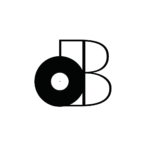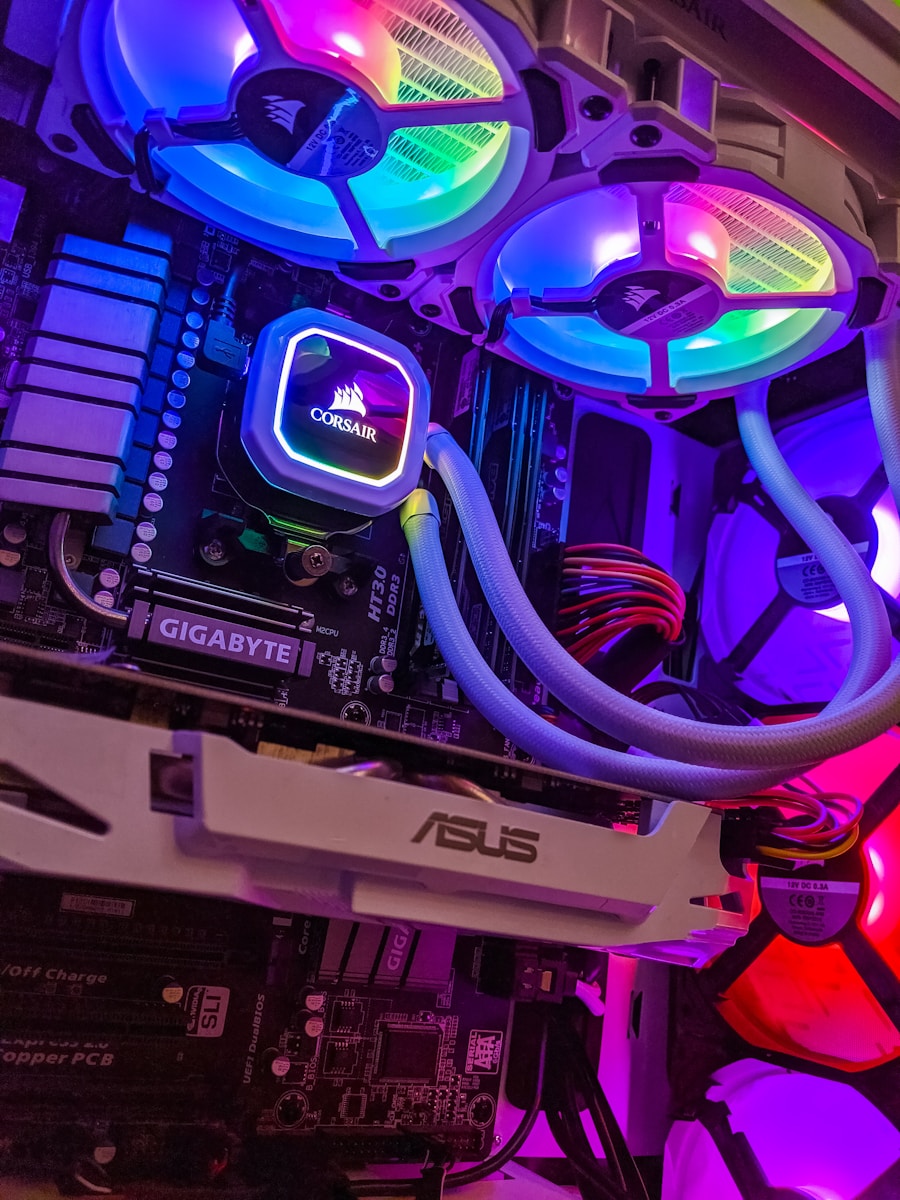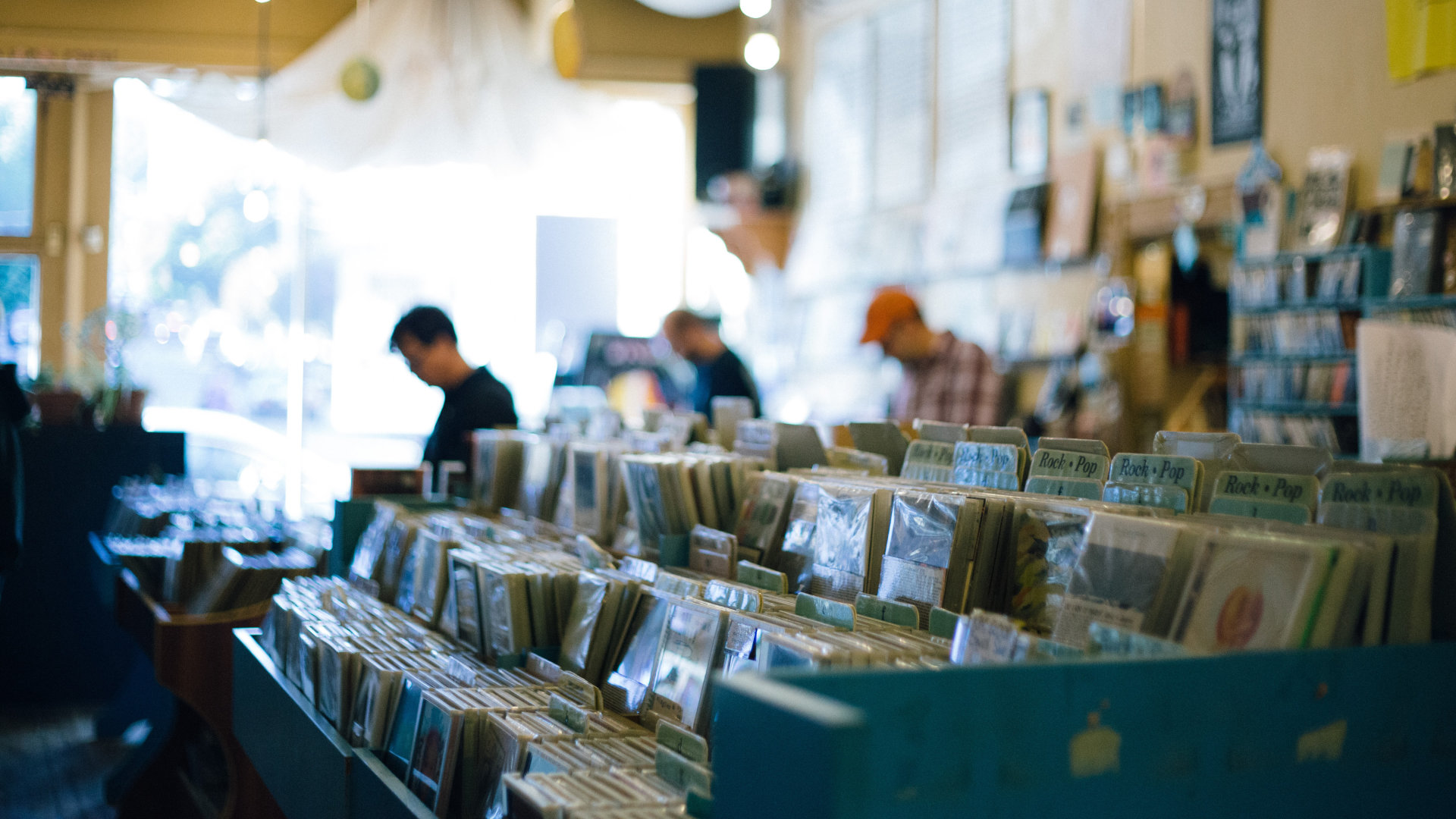- Using EQ on bass guitar in Logic Pro X
- Using compression on bass guitar in Logic Pro X
- Using reverb on bass guitar in Logic Pro X
- Using sub-mixes to organize your bass tracks in Logic Pro X
- Mixing bass guitar with your kick drum
- Download my signal-chain (presets) for mixing bass guitar
Using Channel EQ on bass guitar in Logic Pro X
The first plugin I’ll insert into my signal-chain is an equalizer (EQ). I place that BEFORE my compressor because I don’t want to feed it any unnecessary frequencies.
I imagine that someone out there disagrees with that statement…
It doesn’t matter which order you work with. To my ears, the final product sounds better when my EQ is first in the signal-chain.
Now, the first question I always ask myself when EQing bass guitar is… Am I going to cut at 30Hz or at 60Hz? We’ll be talking more about that in the section entitled “mixing bass guitar with your kick drum”, so let’s just assume we’re cutting at 30Hz for now.

- Step 1: Cut at 30Hz or 60Hz
- Step 2: Cut at 10kHz
The reason this is important is because anything below 30Hz is practically inaudible (it can only be felt) and to be honest, it’s not very useful.
It may not seem important right now, but trust me, you’ll hear the difference during the mastering-stage.
The next thing I always do is cut at 10kHz. There’s nothing useful above 10kHz for bass guitar and you could potentially cut even more.
So, what’s next?
The specific collection of EQ manipulations you’ll be undertaking will depend on your mix, genre/style and personal taste.
That basically means that there are NO RULES (besides what we just covered). However, there are some general guidelines you can follow, but ultimately… You’ll want to use your ears!
Here are some areas you can consider boosting/cutting:
- 60Hz – 200Hz: This is where the majority of the bass guitar sits. Don’t boost too much or you’ll most likely end up with distortion in the mastering stage.
- 200Hz – 500Hz: This is where your bass guitar can sound “muddy”. If you cut around this range, you’ll achieve what we refer to as the “scooped” sound (very clean).
- 500Hz – 1kHz: This is where your bass guitar can sound “nasally”. If you boost around this range, you’ll achieve what I refer to as the “honky” sound (very metal).
- 1kHz – 5kHz: This is where your pick attack (if you’re using a pick) sits. Boosting/cutting around this range can make your bass sound tighter/looser (respectively).
Lastly, I just want to emphasize that boosting/cutting more than 5dB isn’t best-practice. You’ll most likely end up with phase issues and your bass guitar will sound “fake” if you make too many alterations using EQ.
Try getting your tone right BEFORE the mixing-stage (or as close as possible).




